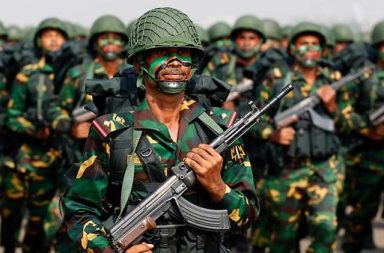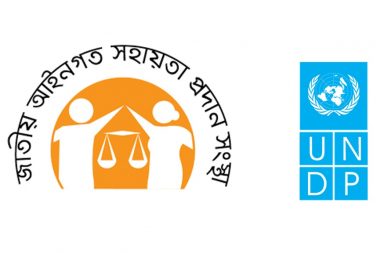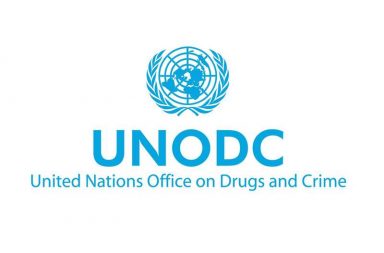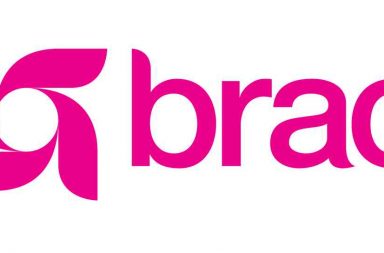This post is a two-part travelogue by the author, based on her visit and personal experiences at the Extraordinary Chambers in the Courts of Cambodia (ECCC) for the trial of genocide and crime against humanity. This is the first part; To read the Second part, please click: Portraying the Carnage – Part Two.
By Naureen Rahim
The Khmer Rouge regime in Cambodia was one of the most brutal of the twentieth century. Within hours of capturing its capital Phnom Penh on 17 April 1975, Pol Pot’s forces had directed one of history’s greatest urban evacuations, clearing some 2 million people out of the city over a matter of days.[1] The years that followed have been well documented as a history of terror. “ To keep you is no benefit, to destroy is no loss” became the popular slogan of the Khmer Rouge toward their victims. From 1975-1979, during the three years, eight months and twenty days that the Khmer Rouge held power in Cambodia, it is estimated that around 2 million people perished, over one quarter of the total population- from torture and execution or from starvation and untreated illness.[2]
In the beginning of June this year, I received an invitation letter from the Extraordinary Chambers in the Courts of Cambodia (thereafter ECCC) to visit their office and to get acquainted with the trial process regarding the genocide and crimes against humanity in Cambodia during the Pol Pot regime. Since I have been working on this issue for a couple of years, it was Liberation War Museum, my home organization which assisted me to get the visa procedure and also some other arrangements.
Arrival in Cambodia
On 18th June, 2016, after a two hours flight from Kuala Lumpur to Phnom Penh, the capital of Cambodia, I were welcomed by the host’s driver, Tia. I had two other companions with me in this trip, Professor Saskia, a Dutch national who is a scholar and working on the International People’s Tribunal (thereafter IPT) in Indonesia. Professor Saskia has her expertise in Gender Studies and often comes in Bangladesh as a guest faculty and teaches at the Department of Gender Studies, University of Dhaka. The other one, Ms. Nursyabani Katjasungkana, an Indonesian Human Rights activist and also working as a Prosecutor at the IPT. From the airport, we went straight to the residence of Helen Jarvis, a wonderful lady whom I met at the 1st Winter School and at the International Genocide Conference that were organized by Liberation War Museum. Basically she is the one who inspired me to visit Cambodia and to stay with her and her husband Allen. By nationality Australian, his couple has been residing here for sixteen years due to Helen’s work at the ECCC. Earlier, she has worked as an Adviser to the Cambodian government’s task force on the Khmer Rouge trials since 1999. She has a great contribution to victim’s participation, reparation and reconciliation process. She has several published scholarships on genocide, crimes against humanity and so forth.
A wonderful wooden house just beside the Mekong river was the place where I stayed during my visit. Helen and her husband, Allen, gorgeously decorated the entire house and kept us overwhelmed with their care and hospitality.
Phnom Penh At A Glance
Before getting in to the key topic, I must enlighten the readers few facts of Cambodia. I had stayed only six days in Cambodia, among which I visited Phnom Penh for the first three days. Phnom Penh is the capital of Cambodia, surrounded by Mekong river. The river itself has become the source of economy, energy and tourist attraction of Cambodia. Just opposite to the river, the Royal Palace is situated with its uniqueness and aristocracy.
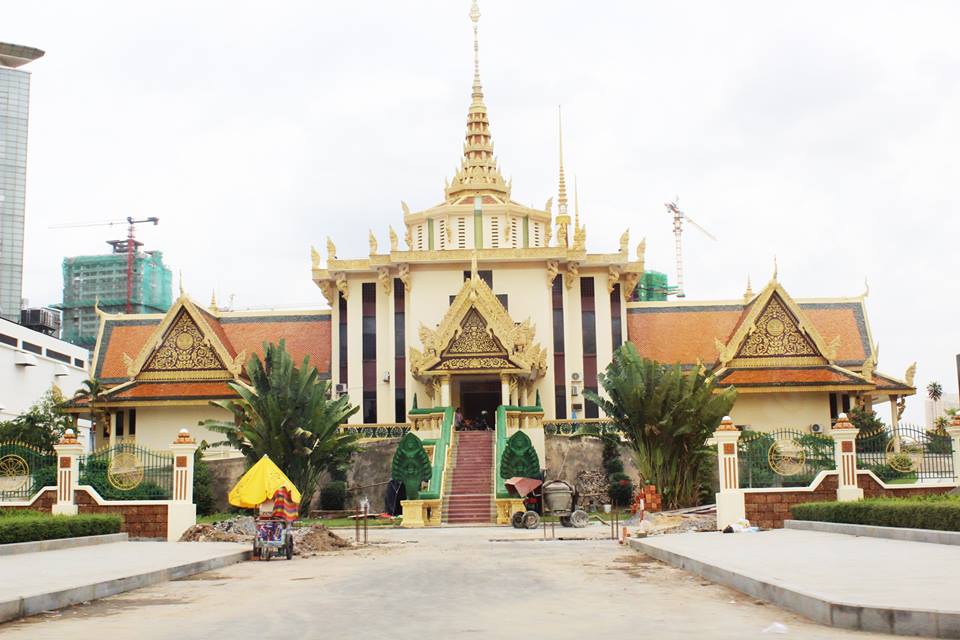
Royal Palace of Cambodia, Phnom Penh
Throughout the city, a large number of restaurants are located in the banks of Mekong river. Mostly are of expensive, except the street foods. And the most interesting part is, though there Khmer currency exists, mostly prefer US Dollars for all sorts of transactions. Even in all the restaurants, you will see the price list indicating the rate in USD along with Khmer currency. Khmer 4000 Riyel is worth 1 USD. In reply, my friend from Cambodia, Sovanna Ray said this is basically to encourage foreign tourists for their easy access to transaction. But to him, it is not worthy to continue with this policy since it hampers the national economic growth to a large extent and also there will be no scope to keep their own currency as a symbol of their nationalism in near future.
The origin of this city is named after Lady Phnom, who is said to be the one who founded this city. In remembrance, the Wat Phnom is one of the most important tourist attractions in Phnom Penh.
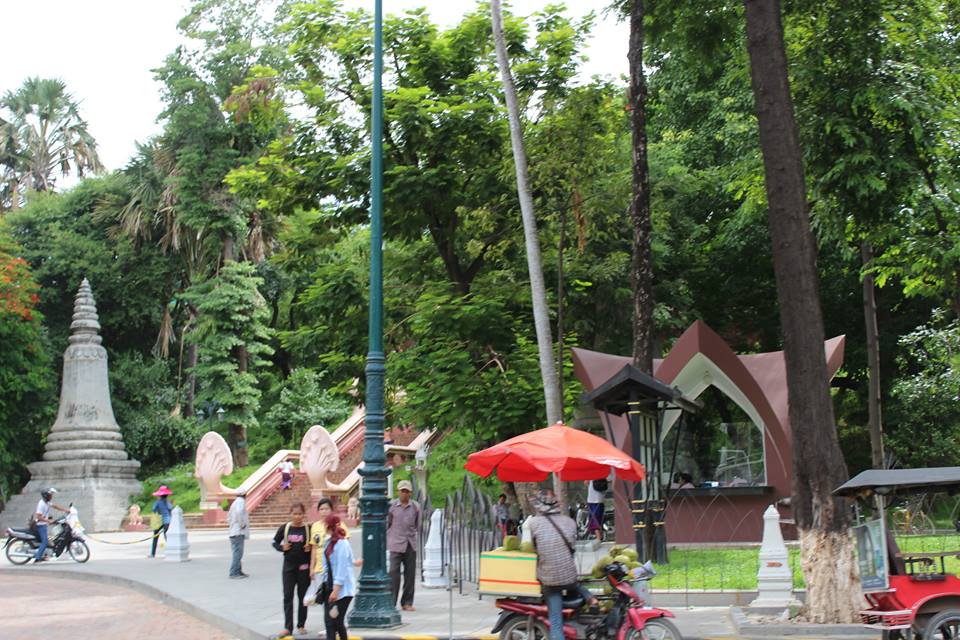
Entrance of Wat Phnom
The Independence Monument situated at the center of the city, standing tall and telling the glorious history of Cambodia that got independent from the French colonialism. On the other side, the city also tells us the cruel birth of today’s Cambodia, through museums, monuments and even though the central market, that still experiencing the dichotomy of past and present.
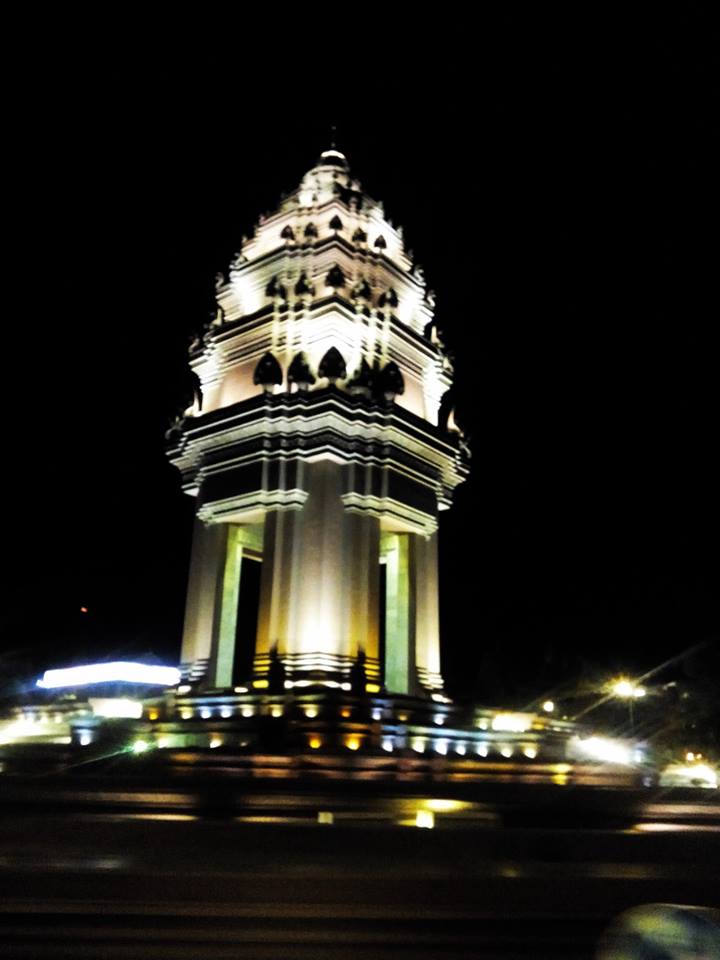
The Independence Monument of Cambodia
Tuol Sleng Genocide Museum:
We were greeted by the Director of Tuol Sleng Genocide Museum, Mr. Chhay Visoth and there we exchanged our views about both the museums we work for. Thereafter, he accompanied us through the museum and narrated few stories of the victims. Tuol Sleng Museum, that is also called as S-21[1], was basically the secret center of a network of nearly 200 prisoners who were brutally tortured by the Khmer Rouge. Between 12,000 to 20,000 civilians were imprisoned here. Originally constructed in 1962, this prison was formerly used as Chao Ponhea Yat High School. As we got to know, an anti public education Khmer Rouge stated, “There are no diplomas, only diplomas one can visualize. If you wish to get a Baccalaureate, you have to get it at dams or canals.” Formal schools were totally prohibited under Khmer Rouge’s dictatorial and murderous rule; schools and Pagodas turned into prisons, stables and warehouses.
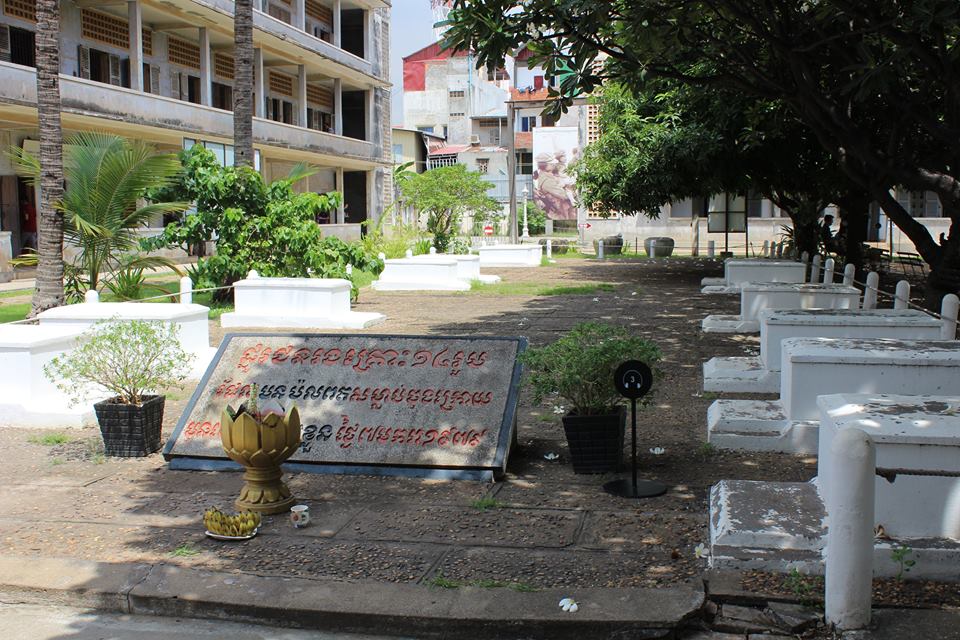
Entrance of the Tuol Sleng Genocide Museum
The former Tuol Sleng high school had been transformed by Pol Pot’s regime into its central prison and interrogation centre, known as S-21. The bodies of killed prisoners were found, some shackled to iron bed frames, with blood on the floor below. They had been killed as their captors made their escape, leaving behind documentary and photographic evidence of detention of more than 15,000 people.[2] ECCC held that at least 12,272 prisoners passed through Tuol Sleng in its trial judgment against former Commander Kaing Guek Eav alias Duch. As per the Documentation Center of Cambodia (DC-Cam), at least 179 were released and 23 additional prisoners survived on Jan 07, 1979. The historian David Chandler likes to say that S-21 was probably the most efficient institution in all of Cambodia during the Khmer Maoists’ tragic and grotesque reign. Its own impeccable archives showed that S-21 was efficient, modern and professional.


Please continue to read the post in Next Part
Reference:
[1] Bel Kiernan, The Pol Pot Regime, p. 48, Yale University Press
[2] Tom Fawthrop and Helen Jarvis, Getting Away With Genocide? Elusive Justice and the Khmer Touge Tribunal, Pluto Press, London, 2004
[1] The S in S-21 stands for Santebal. In the Buddhist lexicon, the Santebal are those who keep the peace and maintain order, like the police. Under Pol Pot, Santebal was the name given to the internal security service, more commonly known in Communist regimes as the secret police. The 21 in S-21 was, according to Duch, the radio code that belonged to the center’s first director, Nath. S 21 was created on August 12, 1975, with Nath as its Director and Duch as his Deputy.
[2] Heuveline, “Between one and three million”, p.59
Naureen Rahim is an M.S.S student at the Department of Criminology, University of Dhaka. Graduated from Faculty of Law, Eastern University. Worked as an Intern at the Center for the Study of Genocide and Justice, Liberation War Museum. Her areas of interest are International Humanitarian Law, International Criminal Law, Forensice Science and Transnational Crime.
